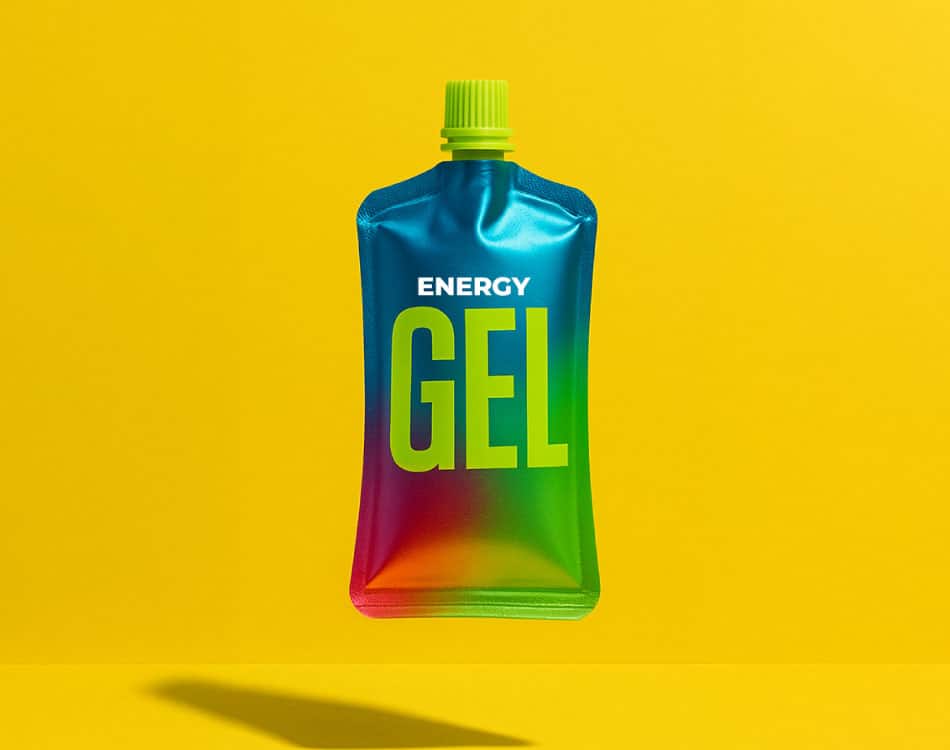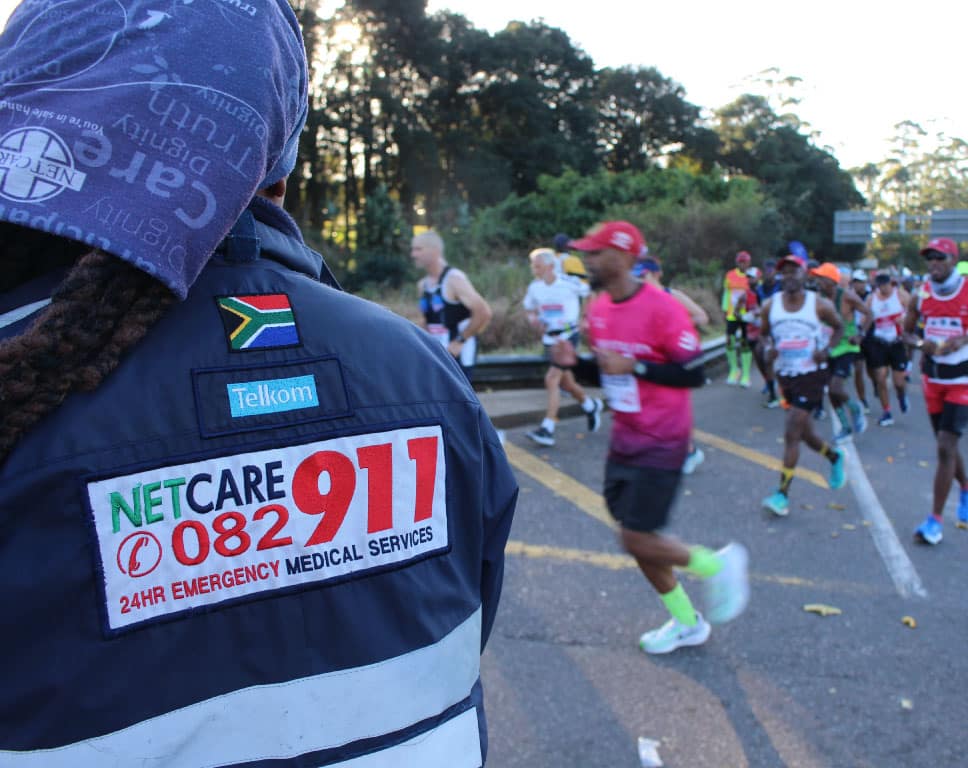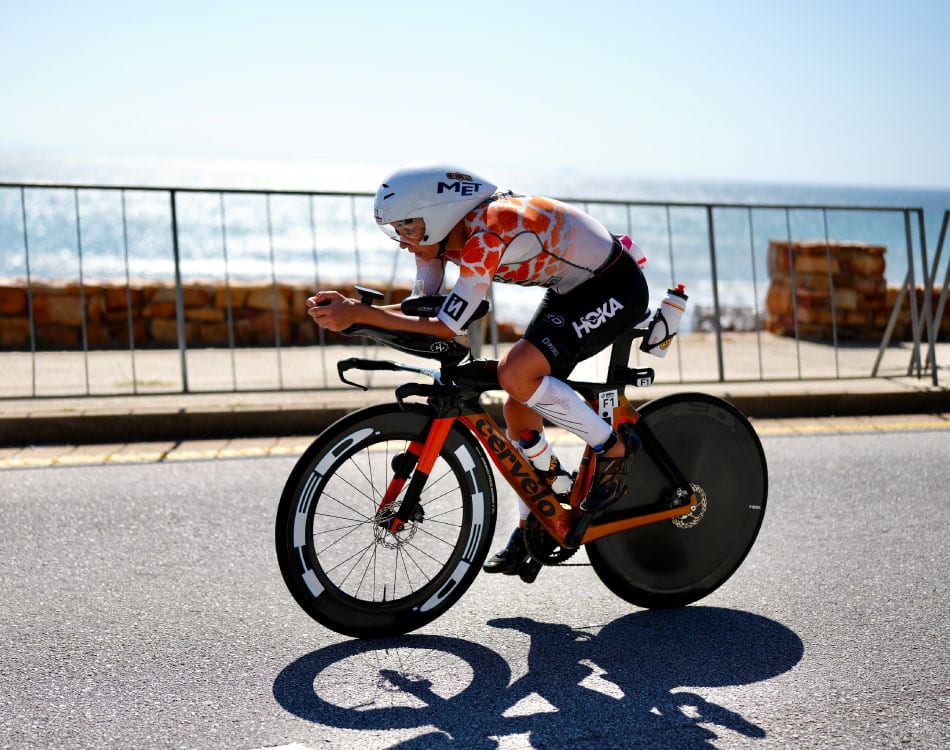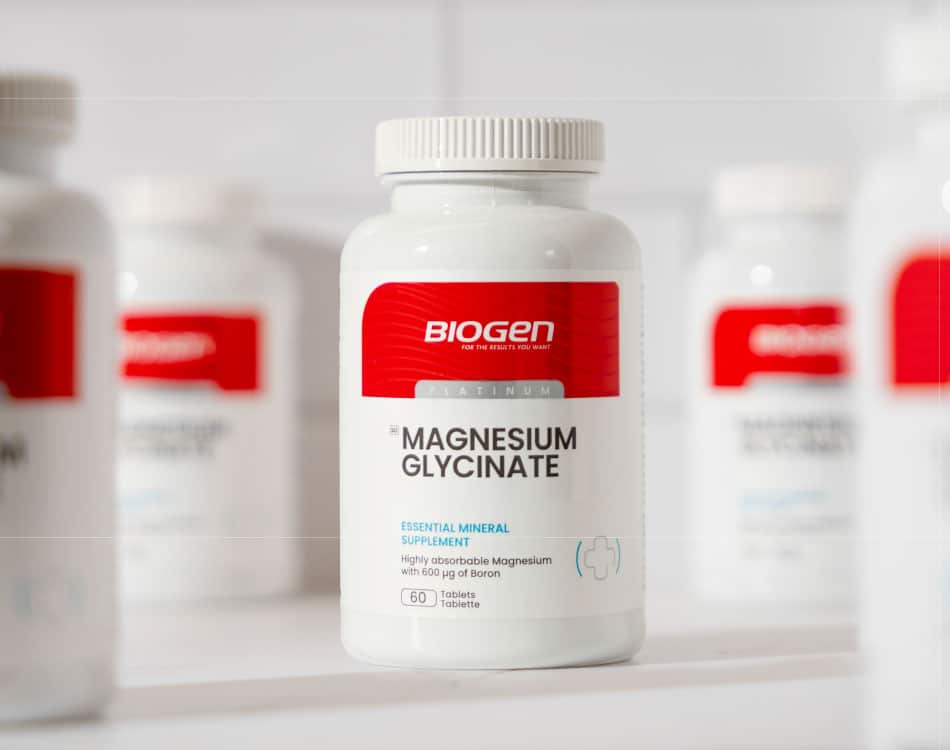By learning to read the various natural signals and biorhythms of your body you can gain important insights into how it is functioning and, importantly, if your fitness is improving.
Often referred to as biofeedback, understanding what your heart rate at rest or before, during and after exercise is telling you will make you a more intuitive athlete.
The important heart rate-related signals that indicate that your fitness is improving include:
1. A lower resting heart rate
Your resting heart rate (RHR) is best measured first thing in the morning as soon as you wake up. The best way to determine your RHR is to measure your heart rate on three consecutive mornings and determine the average.
Measuring this metric every week and tracking the trend over time will give you a good indication of how your fitness level is improving. Your RHR should trend downward as you get fitter because your heart becomes more efficient at pumping blood (and the efficiency of your cardiovascular system also improves) the fitter you are.
A normal reading for adults considered to be between 60-80 beats per minute (bpm), so an average reading below 60 bpm would indicate an above-average level of fitness. The RHRs for athletes and extremely active individuals generally falls between 35-50 bpm, with some elite athletes recording RHRs as low as 28 bpm.
Numerous studies have found that your RHR is a good indicator of your basic fitness level and is also a strong predictor of cardiovascular health. A rise in RHR above average is also an early indicator that your body is fighting an infection or that you require more recovery if your training load has be high.
A high RHR can also indicate cardiovascular diseases like atherosclerosis (hardening of the arteries), as well as restrictions in the diameter of your blood vessels and other risk factors such as hypertension, diabetes and smoking.
2. Your recovery heart rate drops below 100 in 2 minutes
Following an exercise session or race your heart rate should begin to drop within a few minutes and return to resting levels in about 30-60 minutes. The period of time this takes is a good measure of how quickly you recover and is known as your recovery heart rate. To determine your recovery heart rate you should measure it at fixed intervals after ceasing an activity, typically measured over one minute periods.
If after five minutes your heart rate still exceeds 120 or 100 after ten minutes then you may have an underlying condition or it may indicate that you are overtrained. It is best to seek medical advice if this happens. In fact, an article published in the October 1999 New England Journal of Medicine cited a study performed by the Cleveland Clinic Foundation, which classified a heart rate decrease of 12 beats or less in the first minute as abnormal. The study reported that people with an abnormal decline in heart rate had a greater chance of death due to heart problems. Normal heart rate recovery is deemed to be a decrease of 15-25 bpm.
A greater reduction in heart rate after exercise during the reference period indicates a better-conditioned and healthy heart. Athletes and serious exercise enthusiasts will often use their recovery heart rate to measure progression and identify other problems such as overheating or dehydration. The most important period from a health perspective is the first minute after exercise, as recovery during this phase may indicate certain cardiovascular health concerns. After the first minute of recovery your heart rate declines into a phase known as the resting plateau. During this phase your heart rate progressively declines to resting levels, which can take up to 60 minutes. However, the shorter the recovery plateau phase is the stronger and fitter your heart is.
3. Your heart rate reserve increases
Your heart rate reserve (HRR) is the difference between your measured or predicted max heart rate (MHR) and your RHR, and is a good indicator of your potential work capacity. As a person increases their cardiovascular fitness their RHR will decrease, which means their HRH will increase. This effectively means that you have a greater range of potential training heart rate intensities to work through, which is why some methods of measurement of exercise intensity measure percentage of heart rate reserve rather than just percentages of MHR.
Armed with this knowledge you can now use the information you have at your fingertips to assess your fitness levels or determine if you have any cardiovascular problems. Accessing this information is as simple as placing two fingers on the inside of your wrist to take your radial pulse or on your neck to measure your carotid pulse. Otherwise invest in a suitable heart rate monitor to take all the hassle out of the process and really start “listening” to your body…















